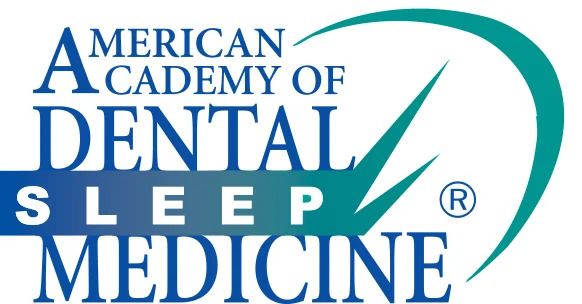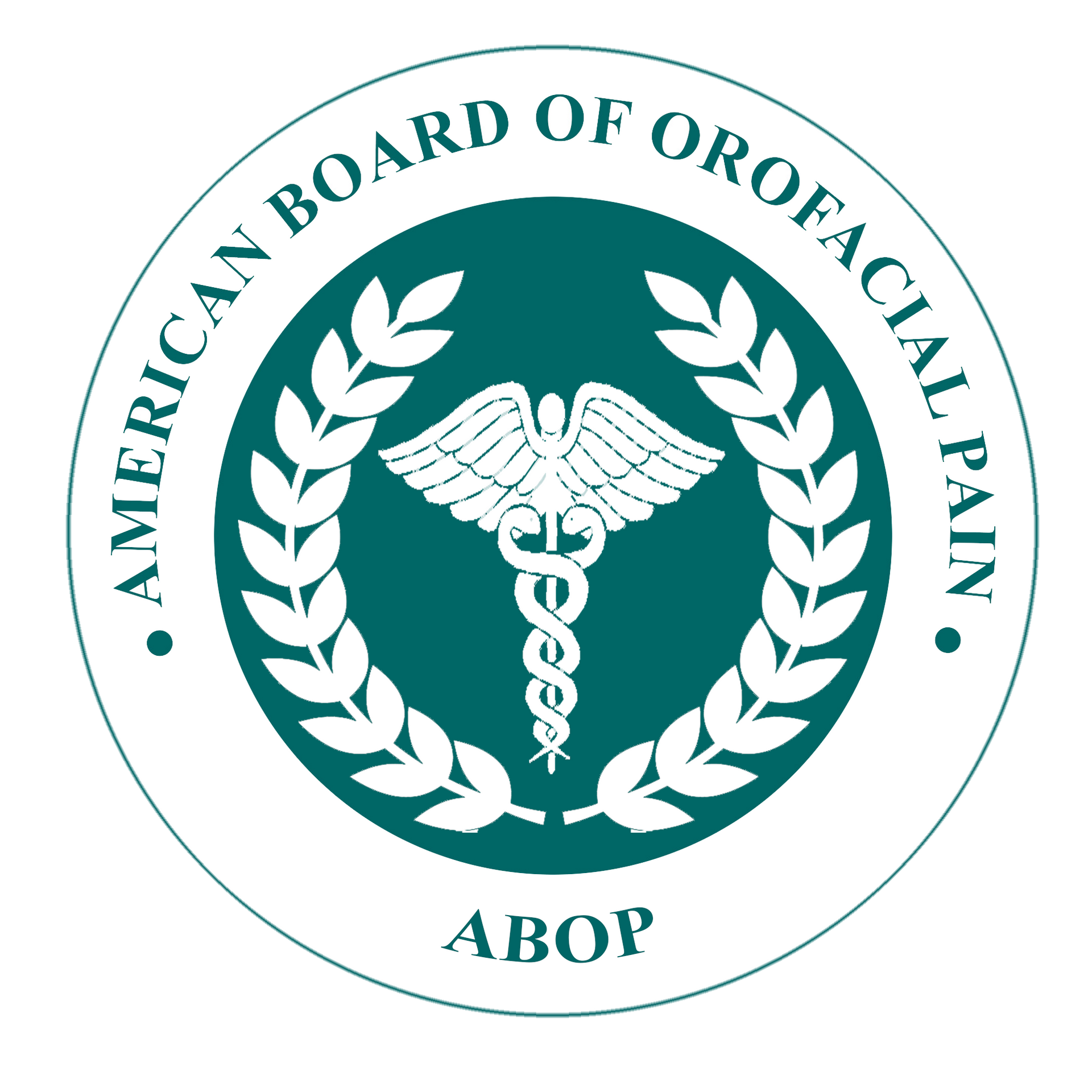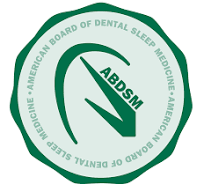Myth Busters
TMJ Myths
Sleep Myths
Myth:Snoring is no big deal
Reality: Snoring can actually be dangerous. Studies have shown that a loud snorer has a 65% higher chance of stroke. It may also be a sign of sleep apnea.
Myth: I sleep well at night, but I am just tired during the day.
Reality: The most common cause of fatigue is fragmented sleep due to the struggle to breath as the tongue falls back into the airway. A person is not aware this is happening all night long, especially during deep sleep.
Myth: Being tired during the day just comes with age.
Reality: Actually as one ages, muscle tone decreases so the airway support is less. As the airway becomes more collapsible, the body works harder to keep it open at night resulting in fatigue.
Myth: Anxiety is best treated with medication or meditation.
Reality: Many times anxiety can be caused by your brain trying to stay alert, since it is so tired from not getting enough deep sleep. The most common cause of the lack of deep sleep comes from a brain struggling to breath at night.
Myth: CPAP is the only or best treatment for sleep apnea
Reality: Research supports the fact, and the American Academy of Sleep Medicine says that the mandibular advancement oral appliance is just as effective as the CPAP for mild to moderate sleep apnea treatment .
Myth: If my Physician wanted me to have an oral device for sleep apnea, he would get me one.
Reality: Physicians are not trained to make oral appliances, only a Dentist can make one. Care is much better if the Dentist and the Physician can work together.
Myth: You have to learn to live with sleep apnea if I don’t like the CPAP.
Reality: The mandibular advancement oral appliance is just as effective as the CPAP for mild to moderate sleep apnea and the comfort and acceptance far exceeds the CPAP machine.
Myth: Any Dentist can make a snore guard or sleep apnea oral device.
Reality: True that any Dentist is able to make this device, but the State of Texas requires a Dentist to take at least 12 hours of education about Sleep before he is qualified to treat sleep breathing disorders .
Myth: A sleep study is not required to get a snore guard.
Reality: Sleep breathing disorders occur at night without the person being aware, so Texas State law requires a sleep study of some sort (home or in lab) to determine the severity of this condition before treatment.
Myth: The wrist and other sleep monitors (like the Fitbit ™) can diagnose if I have sleep apnea
Reality: Obstructive sleep apnea happens when the airway is obstructed, most often by the tongue as it relaxes back into the throat during sleep. This can not be determined by any outside measuring device like sleep monitors. It can only be determined by measuring airflow out the mouth and/or by measuring blood oxygen (with a wrist pulse oximiter for example) if the obstruction is bad enough to cause a drop in oxygen. These new sleep monitors have become highly sophisticated and they are able to determine if the sleep in interrupted by some event. But what that event is, these monitors can not determine. The event could be apnea, but it could also be pain, restless mind, even a dog in the bed!
Myth: Sleeping on your side cures sleep apnea
Reality: In the early stages of the development of sleep apnea , sleeping on ones back causes the tongue to relax directly back into the throat causing the airway obstruction. In these early stages, sleeping on one’s side will cause the tongue to fall to the side instead leaving a small opening remaining in the airway. So while, sleeping on the side helps in early stages of sleep apnea, it does not cure it. For this reasons, at this stage of the disorder, the apnea is called “positional apnea.”
Myth: If you have a bad night sleep, the next day is ruined
Reality: The mind and body can function without one night sleep, with little change in ability. But as time goes one, usually in a four night cycle, as sleep is more deprived, the drive to sleep increases until the brain forces one to sleep. But for a single night with poor sleep or lack of sleep, one can function near normal. It is the thought of the poor night sleep that makes the next day miserable. So next time, ignore those thoughts and make it a normal day. Just make sure you focus on getting a good night sleep the following night.
Myth: If your parents have sleep apnea, you will have it too
Reality: Although the exact genetic connection to OSA is unclear, it appears there is a hereditary link. That being said, it is not a certainty that you will develop OSA if your parent has it, and there are many other factors that go into determining risk for sleep apnea.
-2700x842-1920w.png)









